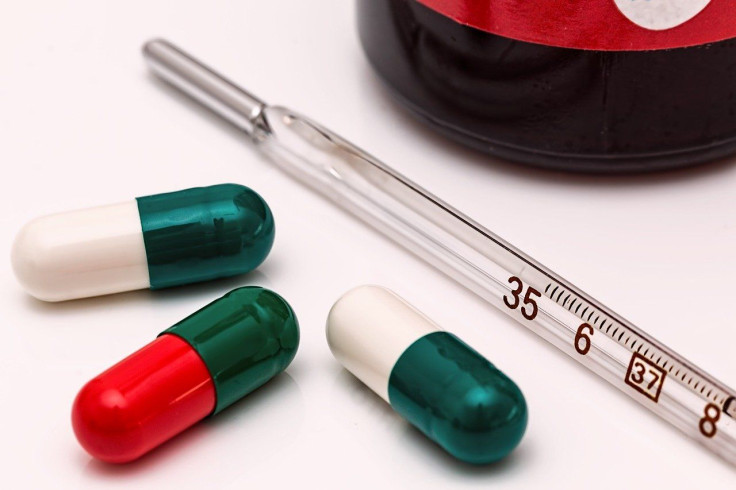New Sequencing Of Alexander Fleming’s Penicillin Mold Offers Hope In Fight Against Superbugs
KEY POINTS
- Researchers revisit Alexander Fleming's original penicillin mold
- Penicillin producers are using a different method to make the antibiotic on a global scale
- The new sequencing may offer a more effective way to design penicillin
A new genome sequencing of the original mold that was significant to Alexander Fleming’s discovery of penicillin in 1928 may provide a new direction to how the medical industry is fighting superbugs today.
A team of researchers from Imperial College London, Centre for Agriculture and Bioscience International (CABI) and the University of Oxford used mold samples preserved from more than fifty years ago to identify the new genome sequencing. St. Mary’s Medical School, which is the location of Fleming’s penicillin discovery, is now part of Imperial College London.
Compared to the new genome of Fleming’s mold, the researchers found that producers of penicillin today are using different strains to make the antibiotic on an industrial scale. Of most particular concern are the strains used by producers in the United States and the United Kingdom.

The most common method today for penicillin industrial production is by using fungus from molds of cantaloupes. This process, although organic in nature, requires artificial selection of strains to mass-produce penicillin, the researchers explained in a study published recently in Scientific Reports.
Superbugs are microorganisms that develop antimicrobial resistance. Fighting these superbugs is a significant problem faced by the medical industry today. Medicine becomes futile in stopping infections that could otherwise be treated easily by standard antibiotics.
With the growing problem of antibiotic resistance, the researchers are looking into the possibility that a new way of cultivating penicillin mold could be more potent in fighting against superbugs. Interestingly, that new method may involve going back to the basics of how Fleming cultivated his original penicillin mold.
According to the World Health Organization, antimicrobial resistance has grown to be a global concern at present. Superbugs made it difficult to treat common infectious diseases, resulting in prolonged illnesses and death. With how resistant superbugs are, major surgery like cesarean sections or hip replacements also become extremely perilous to patients.
The new genome sequencing of Fleming’s mold may offer ways to change how penicillin is produced today. It offers hope of penicillin becoming more potent against microbial resistance.
“Our research could help inspire novel solutions to combating antibiotic resistance. Industrial production of penicillin concentrated on the amount produced, and the steps used to artificially improve production led to changes in numbers of genes,” Ayush Pathak, first author of the study and a biologist from the Department of Life Sciences at Imperial College London, said in a press release.
“But it is possible that industrial methods might have missed some solutions for optimizing penicillin design, and we can learn from natural responses to the evolution of antibiotic resistance,” he added.
© Copyright IBTimes 2024. All rights reserved.





















